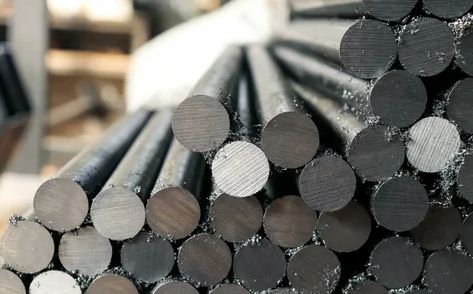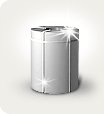The European Parliament and the Council of the European Union have announced that they have adopted Regulation (EU) 2025/2083 amending the original CBAM Regulation (EU) 2023/956.
The new law aims to simplify, clarify and strengthen the Carbon Border Management Mechanism (CBAM) before it with full effect on January 1. 2026
It reflects lessons learned during the transition phase (October 2023 - December 2025) and introduces procedural and technical adjustments to improve administrative efficiency.
De minimis exemption for 50 tons
The new weight-based threshold exempts importers with total annual imports of 50 tons. tons or less of goods covered by Annex I, including iron and steel, aluminum, fertilizers and cement, from reporting obligations, declarations and the purchase of CBAM certificates.
This "de minimis exemption" relieves small traders from the burden of compliance requirements, while maintaining 99 percent embedded emissions coverage under CBAM.
Imports of electricity and hydrogen are excluded due to their separate trade and emissions profiles.
liabilities and declarant compliance
Importers expecting to exceed the 50-ton threshold must apply for authorized CBAM declarant status before crossing the limit. Applications submitted by March 31, 2026 will allow imports to continue until approval is granted. Indirect customs representatives acting on behalf of importers must also be registered as declarants.
Authorized declarants will file their first annual CBAM declaration by September 30, 2027, covering 2026 imports. Declarations must include verified data on import volumes, embedded emissions and carbon prices paid abroad.
Alignment with EU ETS and EU ETS values default
The amendment brings CBAM emissions limits into line with those of the EU Emissions Trading System (ETS), excluding emissions from downstream processes not covered by the ETS.
In the absence of reliable third-country data, default values will reflect the average emissions intensity of the ten most carbon-intensive exporting countries, minimizing the risk of carbon leakage.
Declarants can reduce the amount






